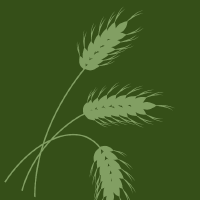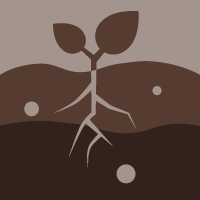Topic Editors




Waste Management through Composting: Benefits, New Insights and Challenges
Topic Information
Dear Colleagues,
We are composing a topic with the title “Waste Management through Composting: Benefits, New insights and Challenges”. This topic is based around the notion that most residues from domestical and agricultural origin are bio-waste, with high value for obtaining diverse end-products of interest. One of those is compost. For the production of compost, different technologies have been developed during the recent decades. Among these technologies, aerobic composting represents the most frequently used and studied operation, which has yielded many innovative ideas for improving the composting process and also optimizing the application of the respective valuated products as soil amendment. In this topic, we intend to offer a platform for presenting such innovative approaches and offering strategies for their optimization (e.g., the utilization of additives and microorganisms) and adaption for use in agriculture, as well as showing their applicability as tools for ecological restoration, soil remediation, or amelioration. In addition, we appreciate contributions discussing the use of compost for the elaboration of growing media and biofertilizers, as well as their potential application as C sequestration amendments in smart agriculture. We believe that this topic may be of interest to you, and thus we cordially invite you to submit a manuscript to this topic, and we look forward to your contribution.
Dr. Jorge Medina
Prof. Dr. Heike Knicker
Dr. Marcela Calabi-Floody
Dr. Humberto Aponte
Topic Editors
Keywords
- bioformulation
- carbon sequestration
- growing media
- organic amendments
- optimization process
- smart agriculture
Participating Journals
| Journal Name | Impact Factor | CiteScore | Launched Year | First Decision (median) | APC | |
|---|---|---|---|---|---|---|

Agronomy
|
3.7 | 5.2 | 2011 | 15.8 Days | CHF 2600 | Submit |

Fermentation
|
3.7 | 3.7 | 2015 | 14.3 Days | CHF 2600 | Submit |

Soil Systems
|
3.5 | 5.8 | 2017 | 27.7 Days | CHF 1800 | Submit |

Sustainability
|
3.9 | 5.8 | 2009 | 18.8 Days | CHF 2400 | Submit |

MDPI Topics is cooperating with Preprints.org and has built a direct connection between MDPI journals and Preprints.org. Authors are encouraged to enjoy the benefits by posting a preprint at Preprints.org prior to publication:
- Immediately share your ideas ahead of publication and establish your research priority;
- Protect your idea from being stolen with this time-stamped preprint article;
- Enhance the exposure and impact of your research;
- Receive feedback from your peers in advance;
- Have it indexed in Web of Science (Preprint Citation Index), Google Scholar, Crossref, SHARE, PrePubMed, Scilit and Europe PMC.

